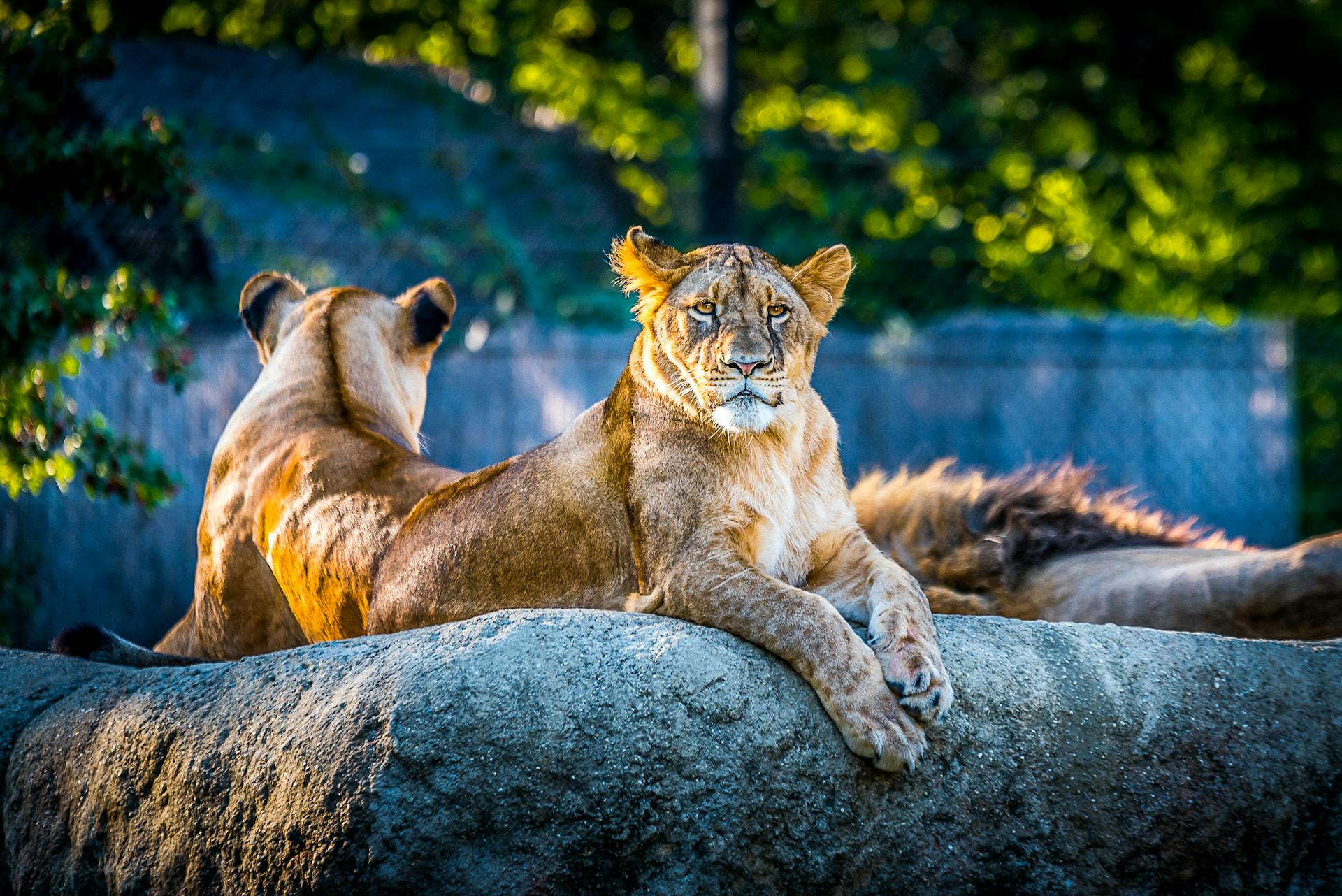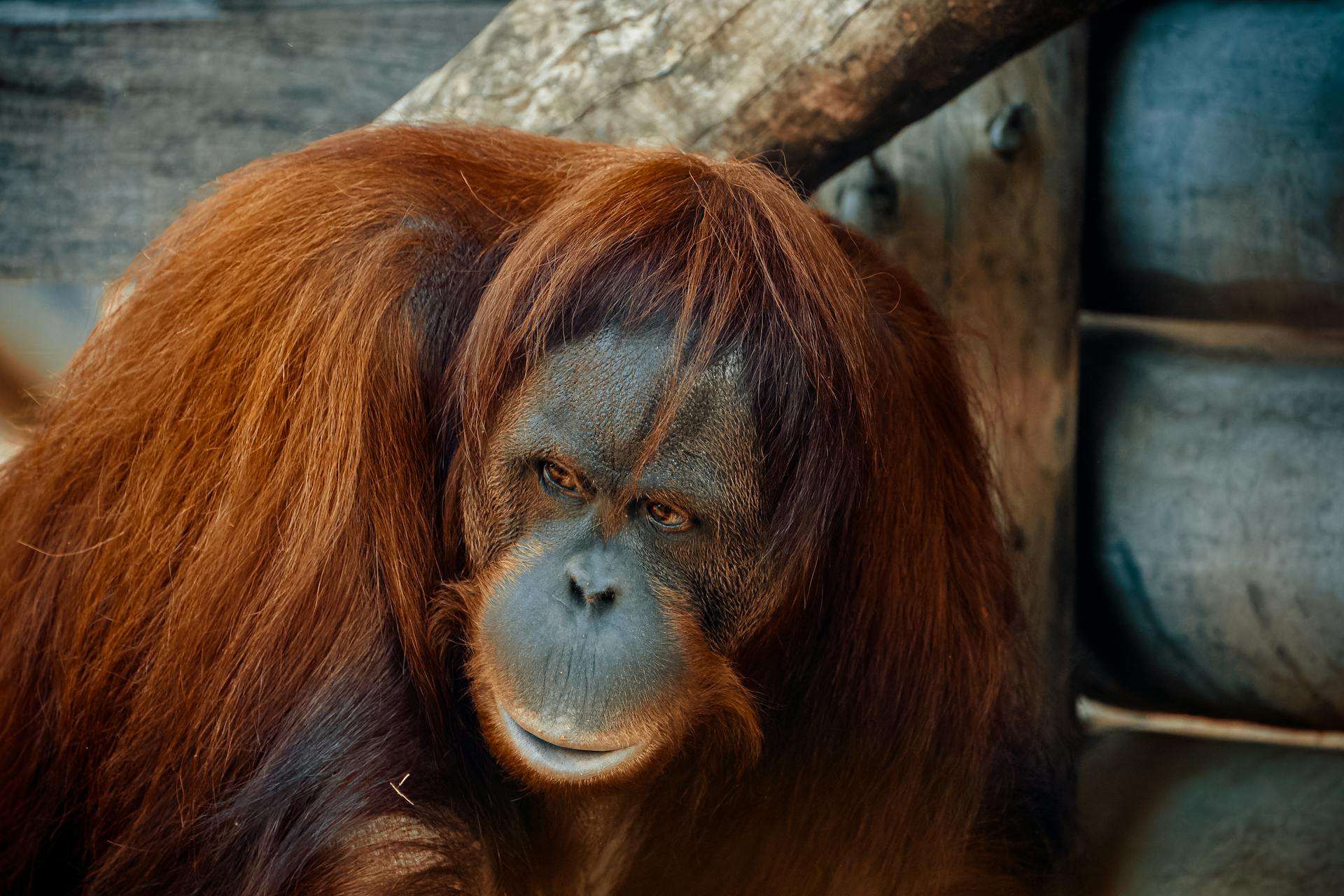In the heart of our planet’s most remote and wild landscapes, majestic silhouettes of big cats prowl the shadows, embodying the raw power and beauty of nature. From the regal lion commanding the savannas to the elusive snow leopard navigating treacherous mountain ranges, these apex predators play an essential role in maintaining the delicate balance of their ecosystems. As guardians of biodiversity, big cats regulate prey populations, ensuring healthy habitats that support a multitude of other species.
However, the survival of these magnificent creatures hangs in the balance. Threatened by habitat loss, poaching, and climate change, many big cat species are teetering on the brink of extinction. Their plight underscores the urgent need for robust conservation efforts to protect not only their populations but the ecosystems they inhabit. This article aims to illuminate the current conservation status of the world’s big cats, exploring their ecological significance, the myriad challenges they face, and the collective actions required to ensure their survival for generations to come. By understanding the critical role these animals play in our environment, we can better appreciate the importance of preserving their existence and the rich tapestry of life they represent.
Definition of Big Cats
Big cats, a term that typically refers to the largest species of the Felidae family, include some of the most iconic and revered animals on the planet. The most recognized among them are lions (Panthera leo), tigers (Panthera tigris), leopards (Panthera pardus), jaguars (Panthera onca), cheetahs (Acinonyx jubatus), and snow leopards (Panthera uncia). Each species possesses unique adaptations and characteristics that allow them to thrive in diverse habitats, from the African savannas and Asian forests to the snowy mountain ranges of Central Asia.
While big cats share several traits, such as powerful builds and hunting prowess, they are distinguished from smaller felines primarily by their size and specific physical features. For instance, big cats possess retractable claws, strong jaw muscles, and a keen sense of hearing, which enhance their hunting capabilities. Unlike smaller felines, many big cats, such as lions and tigers, are also known for their vocalizations, including roars that can be heard over long distances, a trait that plays a crucial role in their social structures and territorial behaviors.
Current Conservation Status
The global populations of big cats have significantly declined over the past century, largely due to human activities. According to the International Union for Conservation of Nature (IUCN), each of the major big cat species faces varying levels of threat. As of now, the lion is classified as Vulnerable, with an estimated population of only 20,000 individuals remaining in the wild, primarily in Africa, where habitat loss and conflicts with humans pose significant threats.
Tigers, once prevalent across Asia, are now listed as Endangered, with around 3,900 individuals left in the wild. Their survival is jeopardized by poaching and habitat destruction. Leopards are currently classified as Near Threatened, with their populations fluctuating due to hunting and habitat encroachment. Jaguars are also Near Threatened, facing similar challenges in their South American habitats. The cheetah, once widespread across Africa and parts of Asia, is now Vulnerable, with numbers dwindling due to habitat loss and human-wildlife conflict. Lastly, the snow leopard is classified as Vulnerable, as its mountain habitats are increasingly threatened by climate change and poaching.
Threats to Big Cats
Big cats encounter numerous threats that jeopardize their survival. Habitat loss and fragmentation are among the most significant issues, driven by deforestation, urban expansion, and agriculture. These changes disrupt their hunting grounds and reduce the availability of prey, leading to diminished populations. Additionally, poaching and the illegal wildlife trade have surged, with big cats hunted for their pelts, bones, and other body parts, which are highly valued in traditional medicine and as luxury items.
Human-wildlife conflict is another pressing threat. As human populations expand into big cat territories, encounters become more frequent, often resulting in the killing of these predators to protect livestock and property. The effects of climate change further exacerbate these challenges, altering habitats and food sources, which can lead to increased competition and decreased survival rates. Lastly, issues of disease and genetic diversity pose significant threats; isolated populations can suffer from reduced genetic diversity, making them more vulnerable to diseases and environmental changes.
Conservation Efforts
In response to the alarming decline of big cat populations, various global conservation initiatives have emerged. Organizations such as the World Wildlife Fund (WWF) and Panthera focus on protecting big cats through habitat preservation, anti-poaching efforts, and community engagement. Notable case studies illustrate the potential for successful conservation programs. For instance, in India, the Project Tiger initiative has made significant strides in increasing tiger populations through habitat protection, community awareness, and anti-poaching measures.
Additionally, national parks and protected areas play a critical role in conservation efforts. These designated habitats provide safe havens for big cats, allowing them to thrive without human interference. Such protected areas also serve as focal points for ecotourism, which can generate funds to support ongoing conservation initiatives.
The Role of Local Communities
The involvement of local communities is paramount in the success of big cat conservation efforts. Empowering residents to participate in conservation not only fosters coexistence with wildlife but also promotes sustainable practices that benefit both big cats and local populations. For example, community-based initiatives in regions like Africa have led to the establishment of wildlife management programs that compensate locals for livestock losses due to predation, reducing the incentive to kill big cats.
These sustainable practices, such as promoting eco-friendly farming techniques and developing community-led ecotourism, create economic opportunities while fostering a sense of stewardship for local wildlife. By recognizing the intrinsic value of big cats and their ecosystems, communities can actively contribute to their conservation.
Future Directions and Challenges
Looking ahead, big cat conservation faces emerging challenges that require innovative solutions. Threats such as illegal wildlife trafficking and increased human encroachment into wild habitats continue to grow, necessitating international cooperation and policy development to combat these issues effectively. The importance of international collaboration cannot be overstated; countries must work together to establish transboundary conservation areas and share resources and information.
Moreover, advancements in conservation technology, such as camera traps and GPS tracking devices, are revolutionizing big cat research and monitoring. These technologies enable conservationists to gather data on populations, movement patterns, and habitat usage, leading to more effective management strategies. By leveraging such innovations, the conservation community can enhance its efforts to protect these magnificent creatures and their habitats.
Conclusion
In summary, big cats hold immense ecological significance and cultural value, yet their survival is threatened by a multitude of factors. As apex predators, they play a vital role in maintaining the health of ecosystems, and their decline has far-reaching consequences for biodiversity. By supporting conservation efforts and raising awareness about the challenges facing big cats, we can contribute to safeguarding their future. It is imperative that we act collectively to ensure that future generations can witness the majesty of these remarkable animals in the wild.
Frequently Asked Questions
1. Why are big cats important to ecosystems?
Big cats are apex predators, meaning they sit at the top of the food chain. They help regulate prey populations, which in turn maintains the balance of ecosystems. Their presence promotes biodiversity and ensures healthy habitats for other species.
2. What are the main threats to big cats?
The primary threats to big cats include habitat loss and fragmentation, poaching for their pelts and body parts, human-wildlife conflict, climate change, and issues related to disease and genetic diversity. These factors contribute to declining populations and increasing risks of extinction.
3. How can local communities help in the conservation of big cats?
Local communities can play a crucial role in big cat conservation by participating in sustainable practices, such as wildlife-friendly farming, habitat protection, and ecotourism initiatives. Engaging communities ensures they benefit from conservation efforts, fostering a sense of stewardship for wildlife.
4. What are some successful conservation programs for big cats?
Several successful conservation programs exist, such as Project Tiger in India, which has led to significant increases in tiger populations through habitat protection and anti-poaching measures. Other initiatives, like African lion recovery projects, focus on community engagement and sustainable practices to reduce human-wildlife conflict.
5. What is the current status of big cat populations globally?
Big cat populations vary by species. Lions are classified as Vulnerable, with around 20,000 individuals left; tigers are Endangered, with approximately 3,900; leopards are Near Threatened; jaguars are Near Threatened; cheetahs are Vulnerable; and snow leopards are Vulnerable, facing various threats that endanger their survival.
6. How can individuals contribute to big cat conservation?
Individuals can support big cat conservation by donating to reputable wildlife organizations, participating in awareness campaigns, adopting sustainable practices in their own lives, and promoting wildlife-friendly policies within their communities. Engaging in ecotourism can also provide financial support for conservation initiatives while fostering appreciation for big cats and their habitats.
7. What role does technology play in big cat conservation?
Technology plays a significant role in big cat conservation by aiding in research and monitoring efforts. Tools such as camera traps, GPS tracking devices, and drones allow conservationists to gather valuable data on big cat populations, behaviors, and habitat use, informing better management strategies and conservation efforts.


